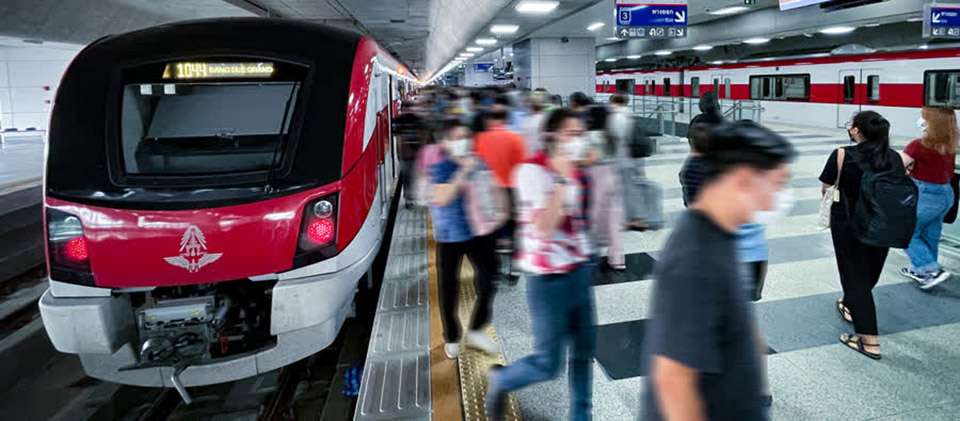
According to Prime Minister Srettha Thavisin, the fare reduction to 20 Baht is effective on 16 October on the Purple Line, from Khlong Bang Phai to Tao Poon stations, and the Red Line from Bang Sue to Rangsit.
Manaporn Charoensri, Deputy Minister of Transport, said the fare reduction is a time-limited measure aimed at aiding the public in accessing train services. This policy aligns with the promises made by the Pheu Thai Party during its campaign. To implement the reduced fares, the government will subsidize the State Railway of Thailand for approximately 130 million Baht annually.
In addition, the Ministry of Transport proposed a second-phase dual-track railway project between Khon Kaen and Nong Khai. The construction timeline depends on the outcome of an environmental impact assessment. The new rail line is expected to enhance trade routes between Thailand, Laos and China while reducing transportation costs.
Earlier, Suriya Jungrungreangkit, Minister of Transport, inaugurated the fare reduction campaign at the Krungthep Apiwat Central Station in Bangkok. He was accompanied by Puangpetch Chunla-iad, Minister Attached to the Prime Minister’s Office, and other related officials.
Minister Suriya stated that, in the initial phase, passengers who use train services across different lines will need to pay two separate fares of 20 baht each, due to an incomplete payment system. According to the data, only 300 passengers out of a total of 100,000 daily riders switch lines. Ongoing efforts are being made to coordinate the payment system, with an expectation that, by November 1st, passengers will be able to switch lines while paying only a single fare of 20 Baht.
It is confidently projected that the 20 baht flat fare policy will lead to a significant increase in train service usage. (NNT)






